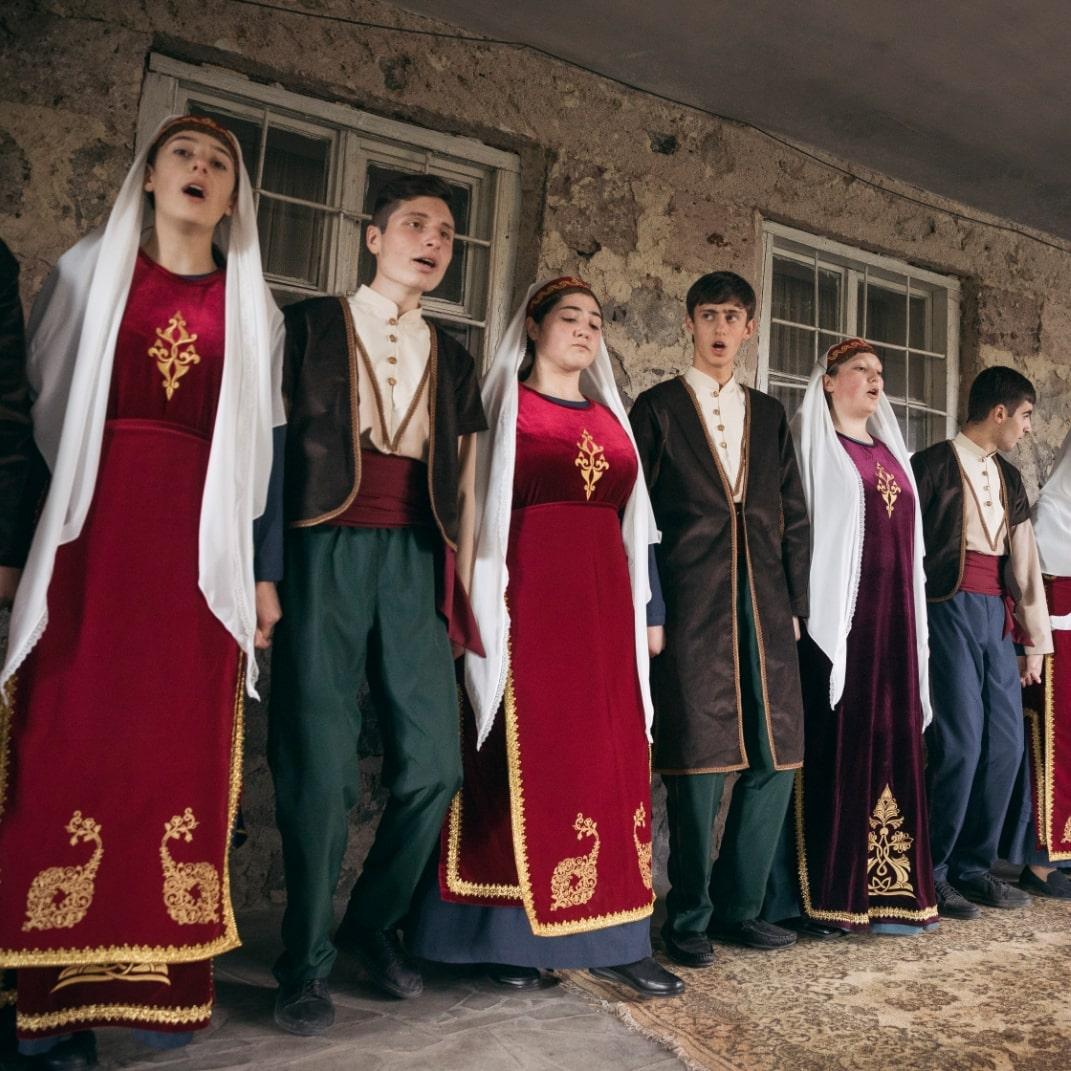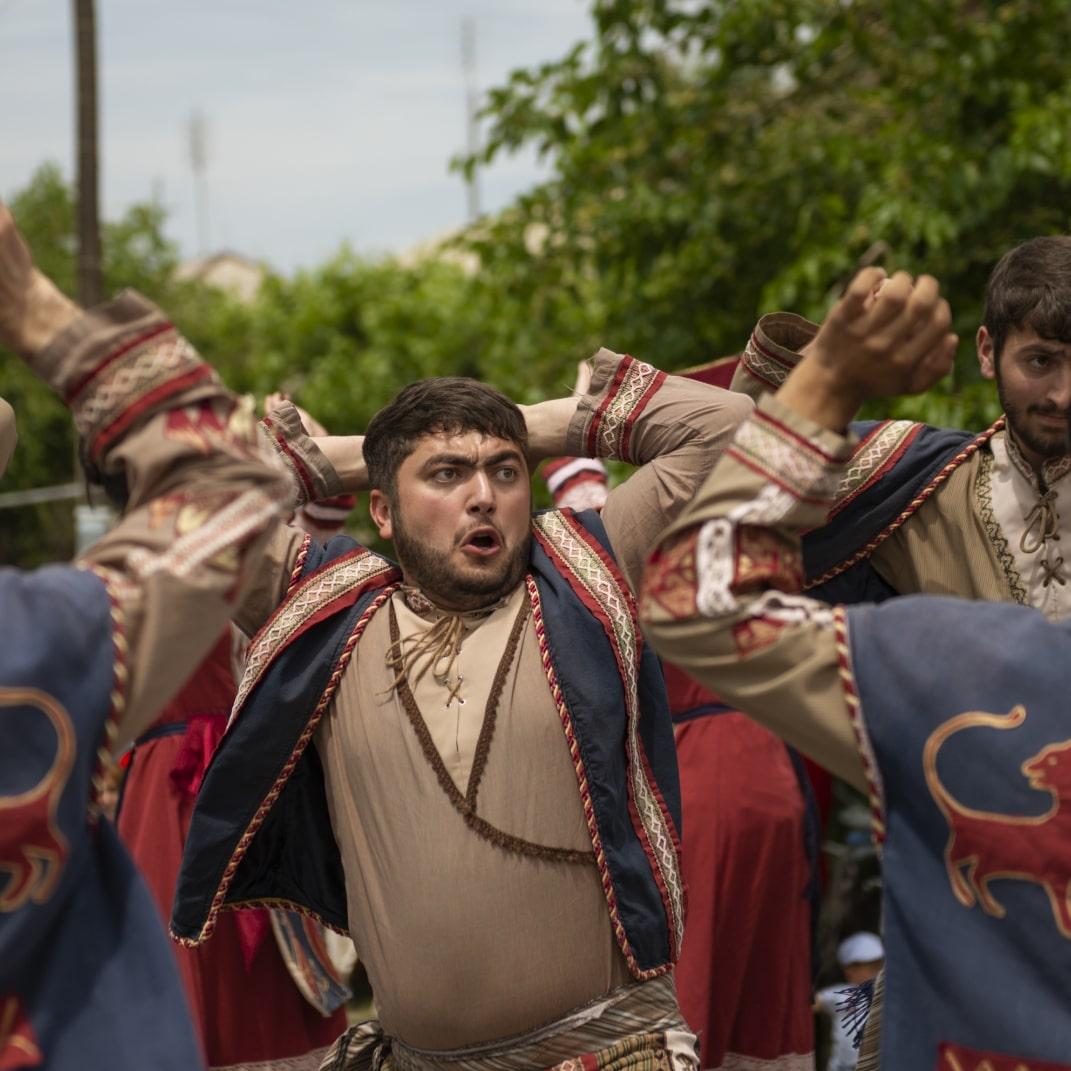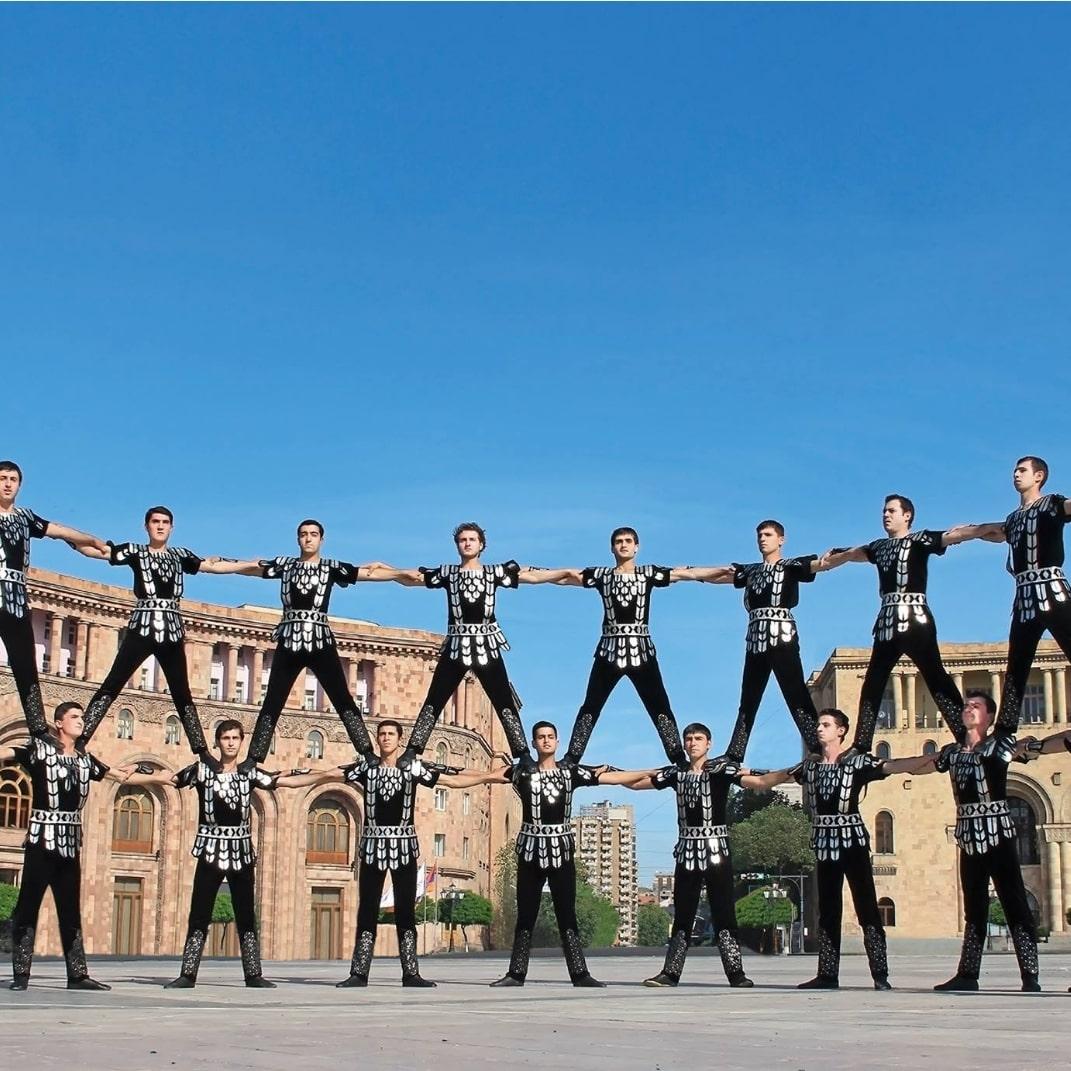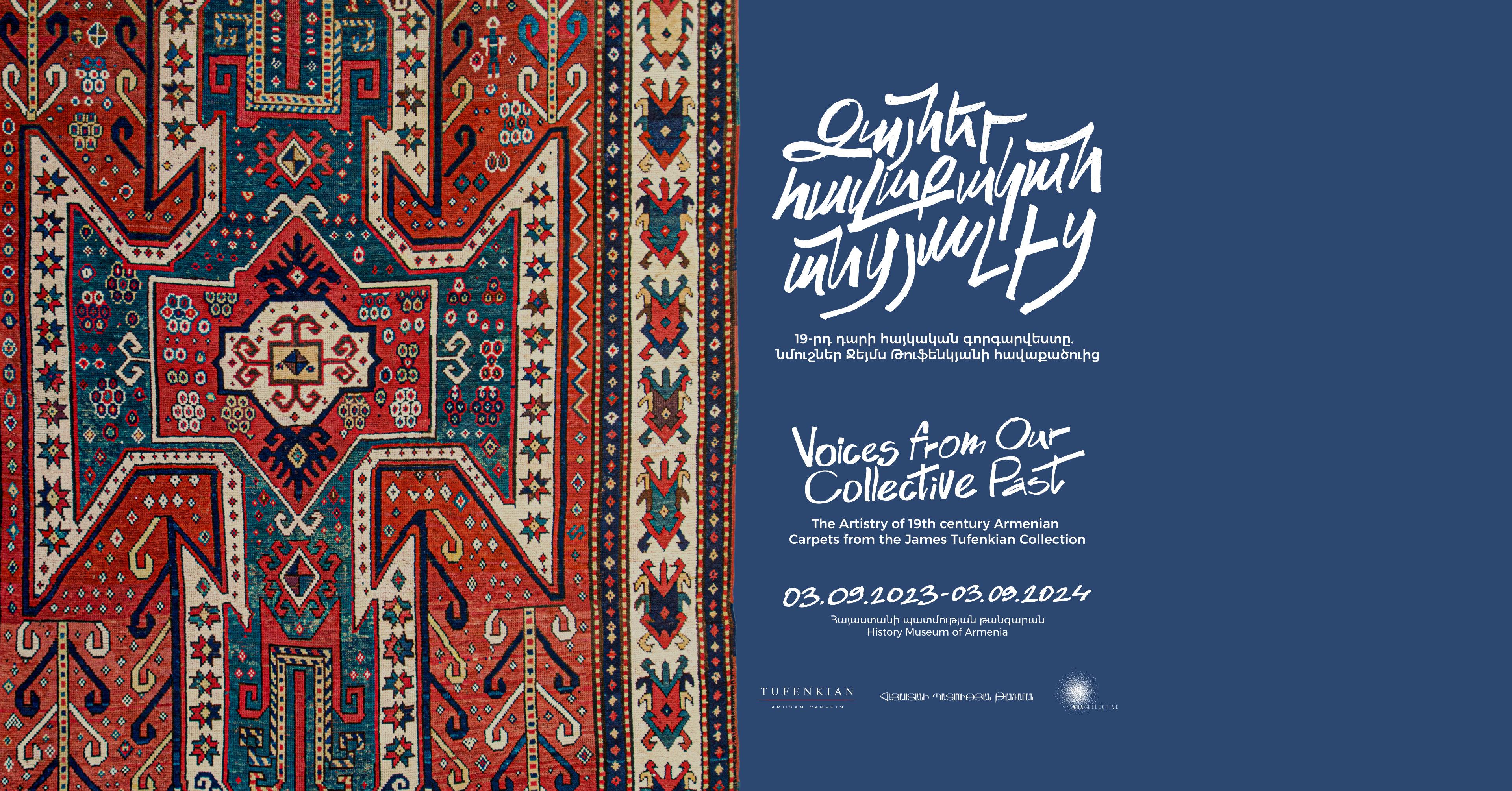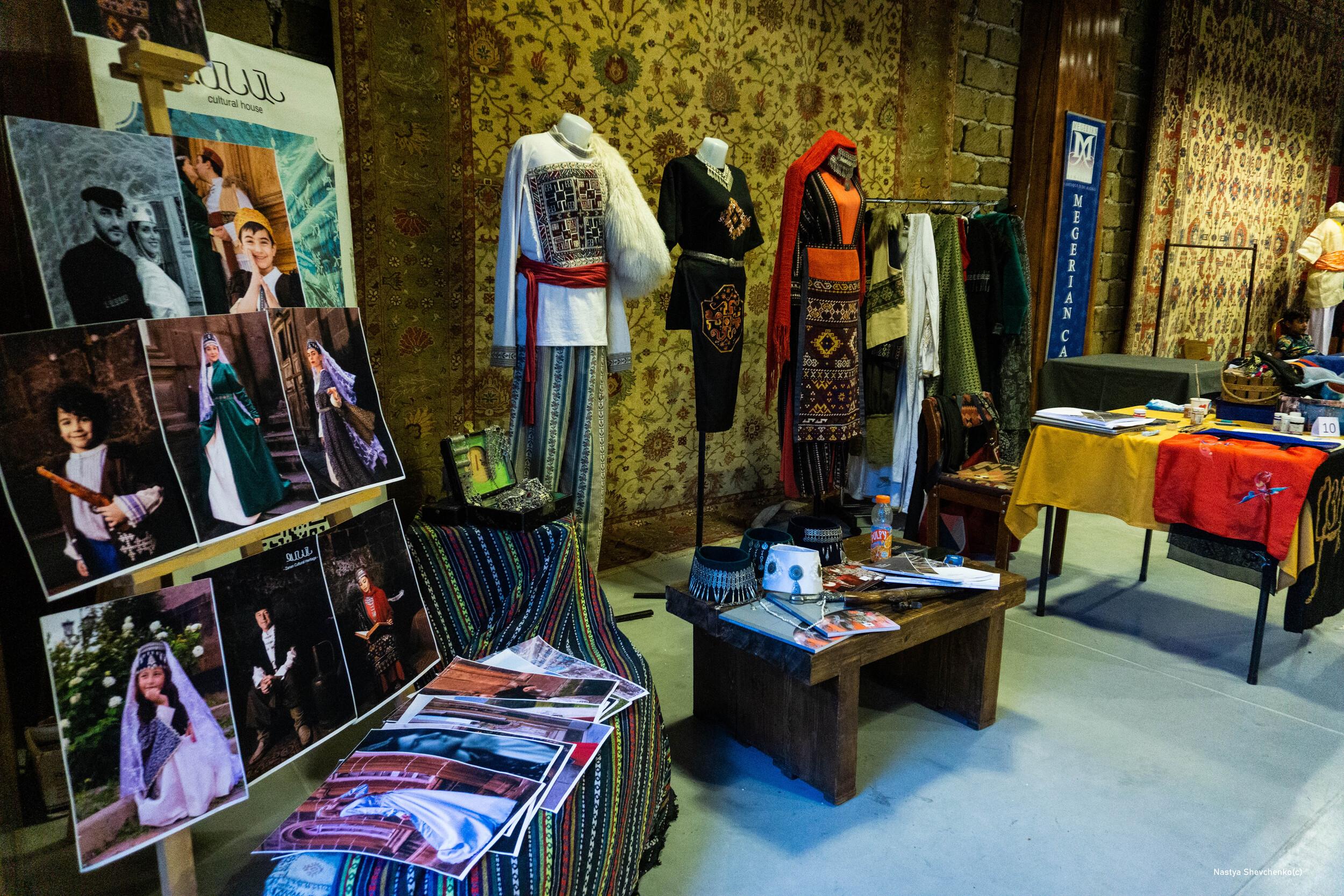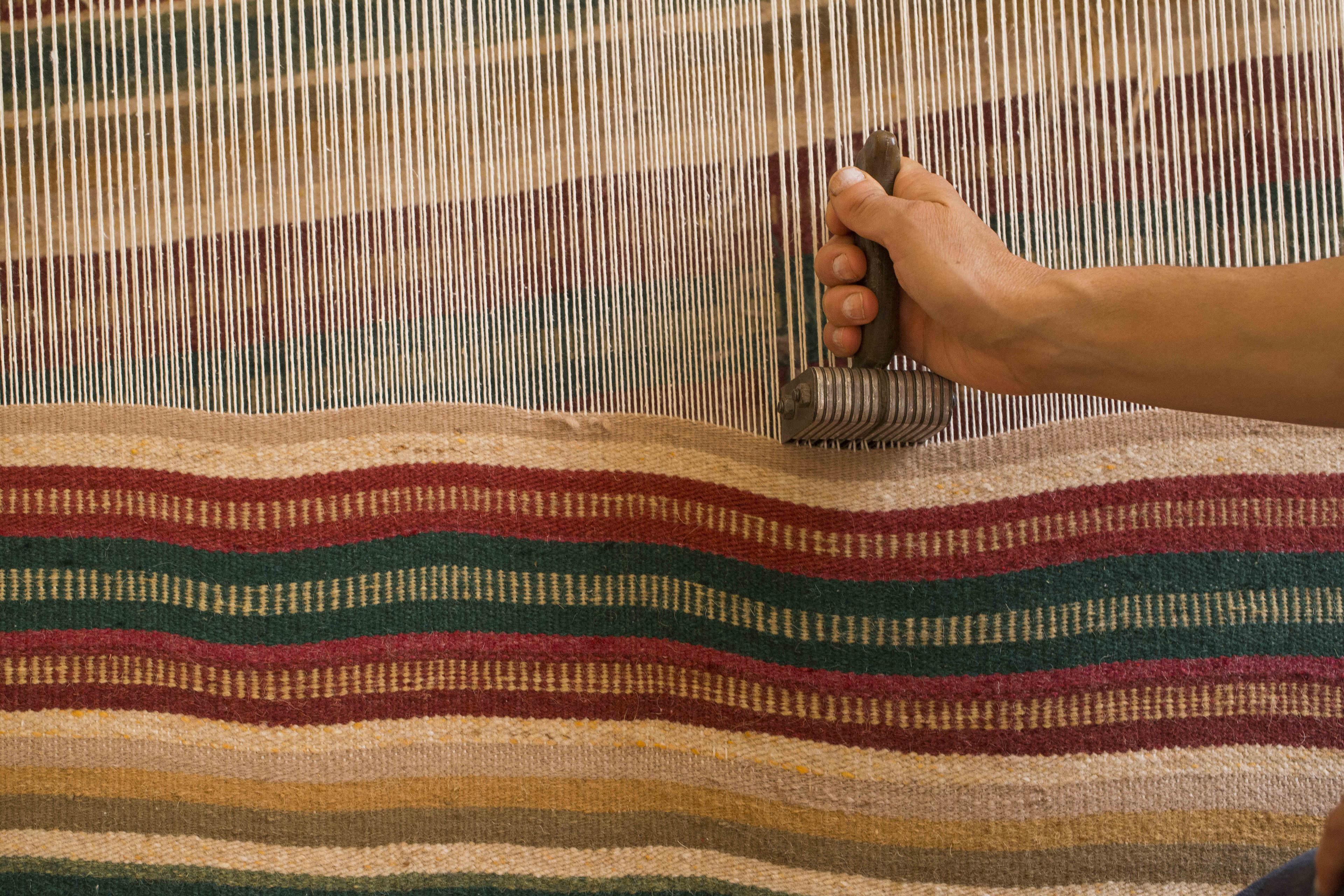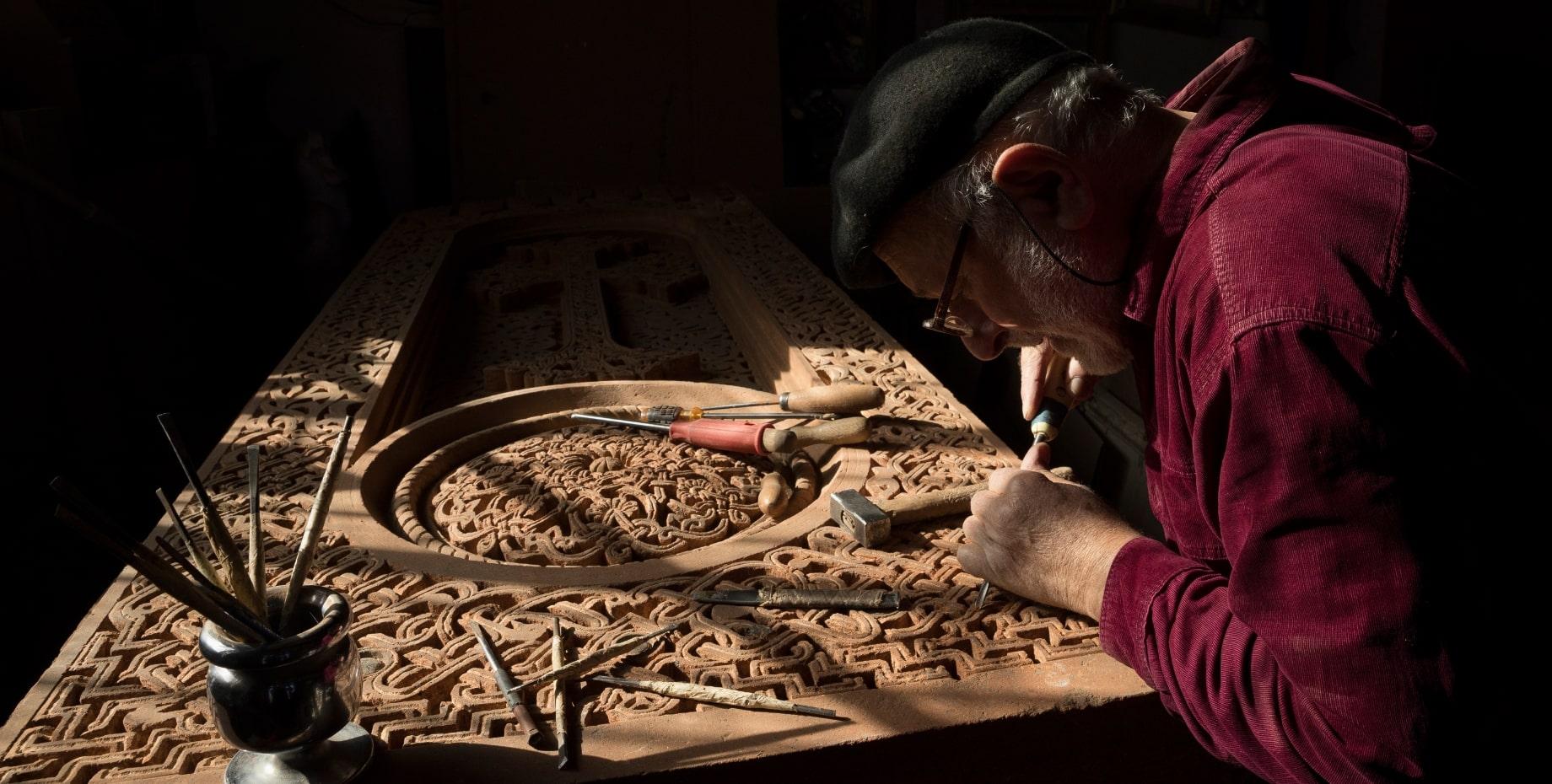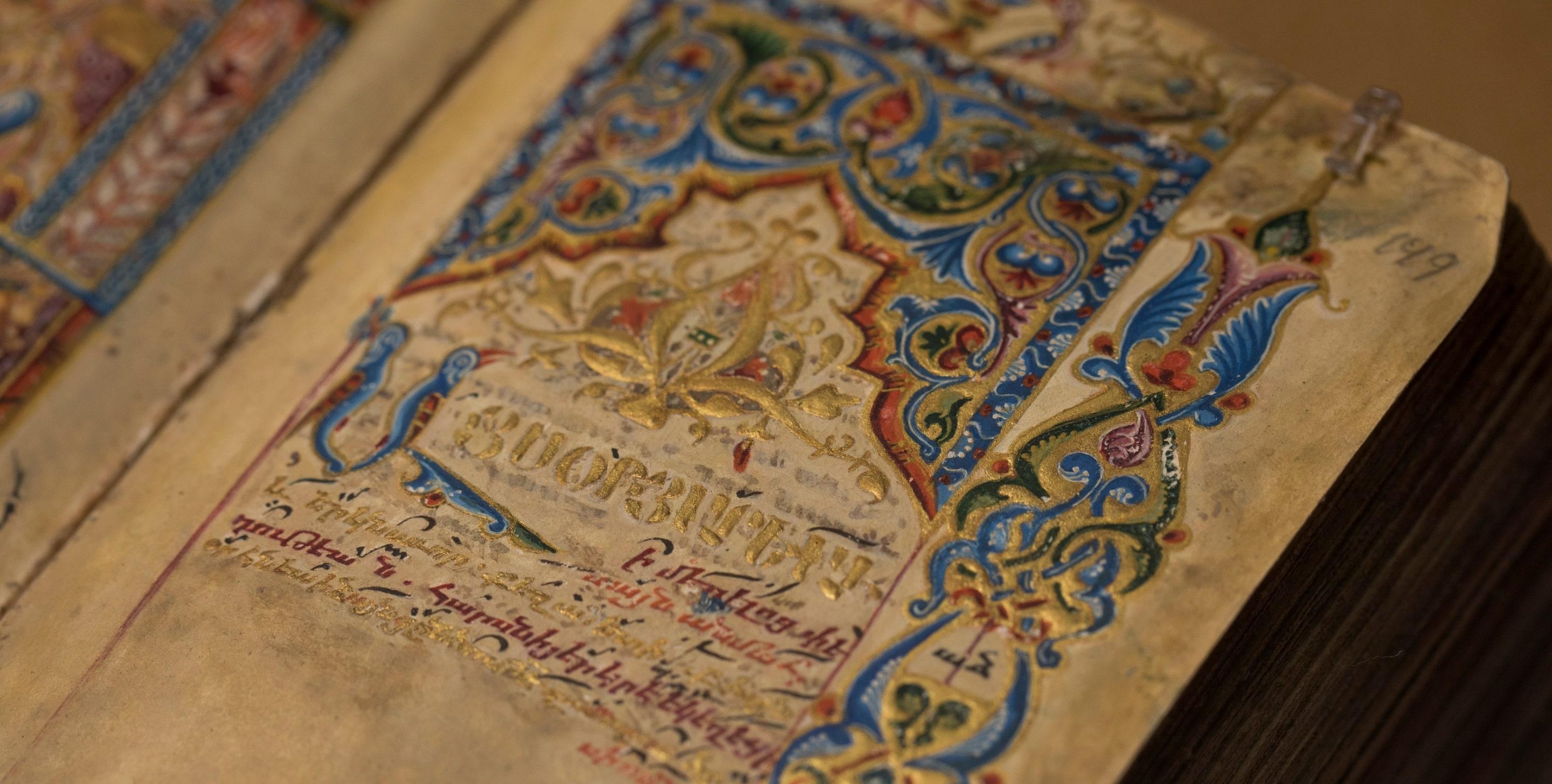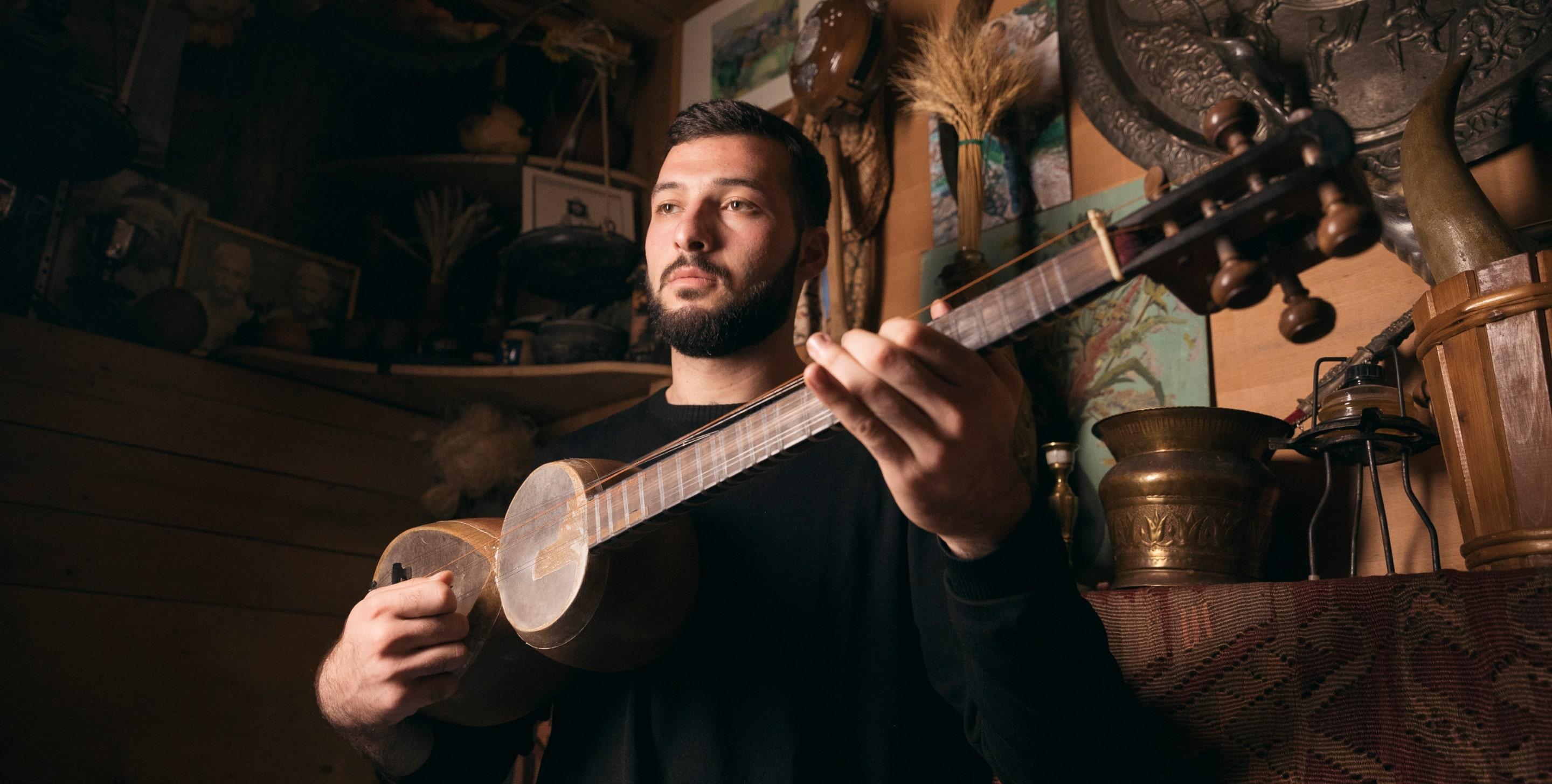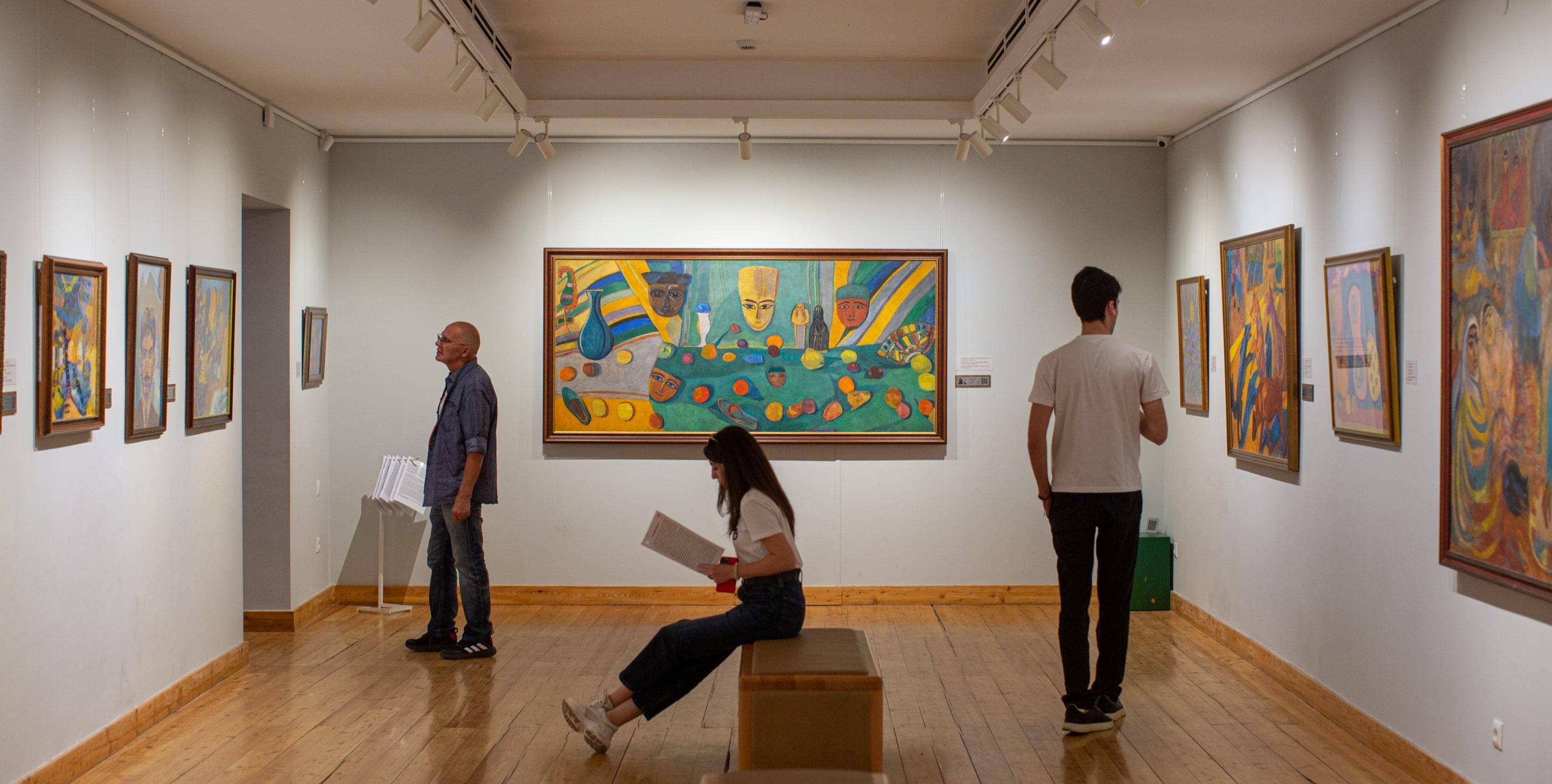
About Armenia
Armenian Culture
Armenian

Urartu CultureUrartu CultureUrartu CultureUrartu Culture
Urartu CultureUrartu CultureUrartu CultureUrartu Culture
Urartu CultureUrartu CultureUrartu CultureUrartu Culture
Urartu CultureUrartu CultureUrartu CultureUrartu Culture
Exploring different cultures is thrilling. That’s why Armenia is the ideal place for you to experience a wide range of cultural layers, from miniature paintings to sculptures, from engravings to carpet making - Armenia has something for everyone.
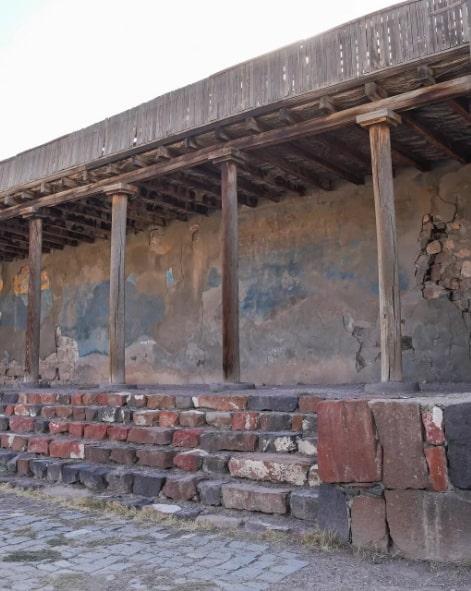

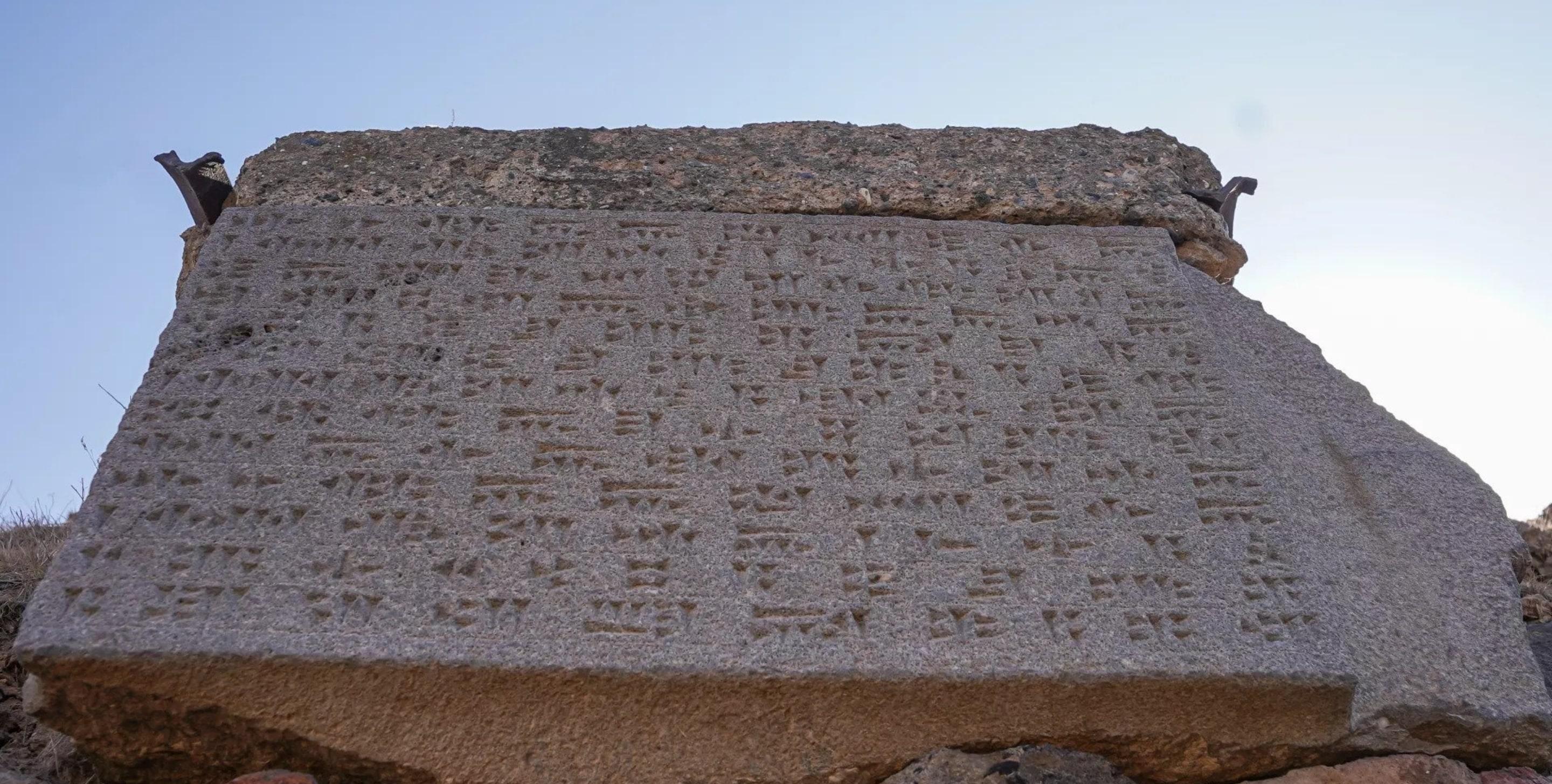
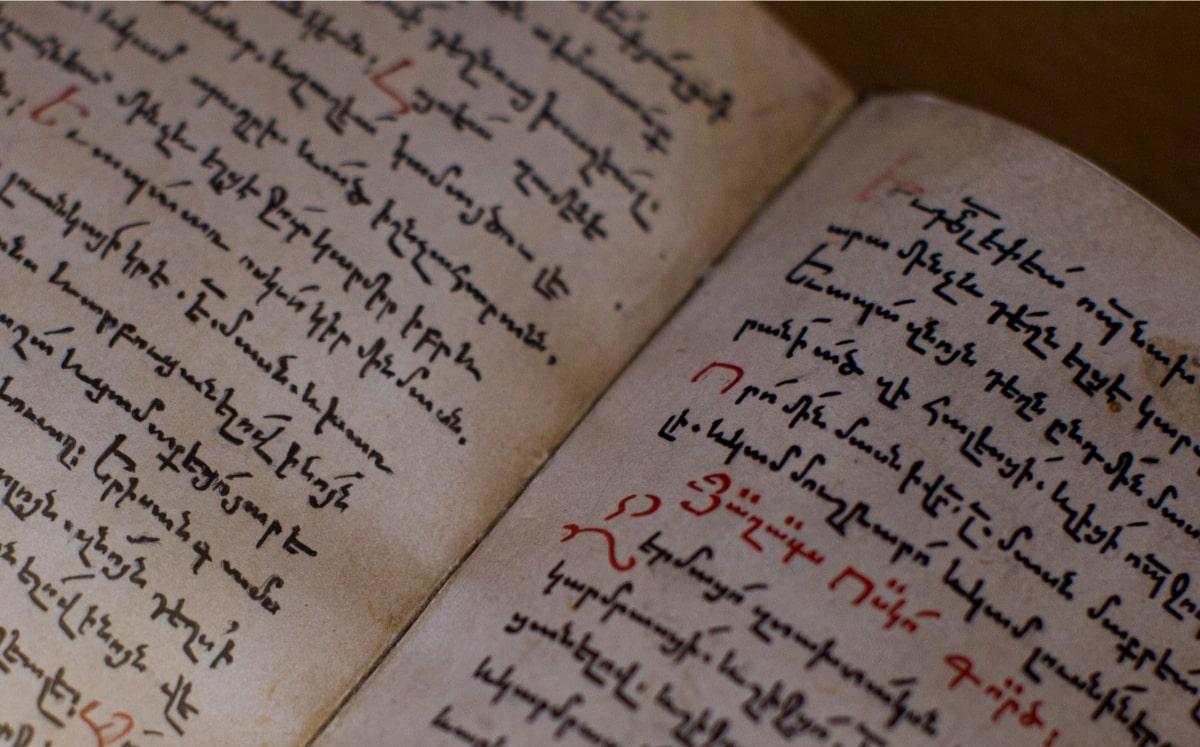
Illuminated ManuscriptsIlluminated ManuscriptsIlluminated ManuscriptsIlluminated Manuscripts
Illuminated ManuscriptsIlluminated ManuscriptsIlluminated ManuscriptsIlluminated Manuscripts
Illuminated ManuscriptsIlluminated ManuscriptsIlluminated ManuscriptsIlluminated Manuscripts
Illuminated ManuscriptsIlluminated ManuscriptsIlluminated ManuscriptsIlluminated Manuscripts
The earliest examples of Armenian book miniatures can be described by their vivid colors, artistic variations, exquisitely carved ivory covers, mind-blowing typographic techniques, and endless ornaments. Several manuscripts that date back to the seventh century have been preserved.


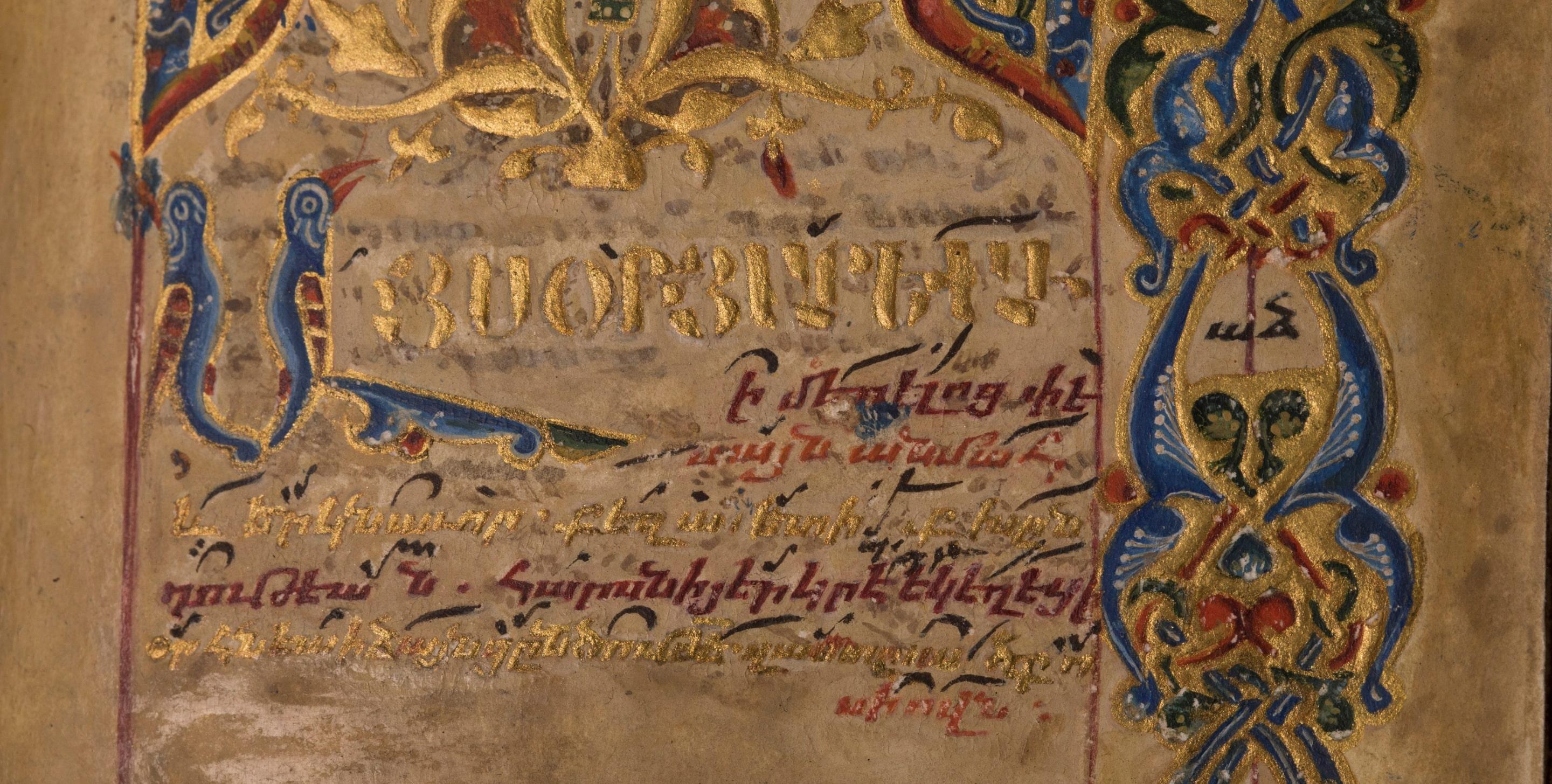

Traditional DancesTraditional DancesTraditional DancesTraditional Dances
Traditional DancesTraditional DancesTraditional DancesTraditional Dances
Traditional DancesTraditional DancesTraditional DancesTraditional Dances
Traditional DancesTraditional DancesTraditional DancesTraditional Dances
It's no surprise that Armenian dancing has been an essential part of our national identity for centuries. Through traditional Armenian dance, we connect with our past, celebrate our culture, and unite with the global community. Dance like no one is watching, especially if you are in Armenia.


Armenian Dances
A number of traditional Armenian dances have been preserved. You can see them performed both on big stages and during ordinary family gatherings. When the dancers wear their traditional costumes with bright colors and unique embroidery, the scene becomes even more exciting.
01
Kochari
Kochari, also known as Armenia's war dance, is a well-known traditional dance that is both aesthetically masculine and dramatic. The song, which is on the list of UNESCO Intangible Cultural Heritage, evokes attacking motions by bouncing, hopping, and shifting weight. The dance has been performed for centuries, and almost every region of Armenia has its own distinct version of this dance.
02
Yarkhushta
Yarhkhushta is a well-known clap dance popular among the Armenian population from Sassoun, historical Armenia’s ‘Sparta’, known for its warlike people and fierce resistance to invasion. The word "yar" means "friend and lover”, as well as “ally” in this context, and "khysht" means “weapon.” Respectively, the name of the dance translates as "comrade in arms". This dance describes a battle scene. A heavy drum and zurna (an oriental clarinet) always accompany the performances, and the dancers usually dress in uniform and carry daggers.
03
Berd
Berd dance originates from the Vaspurakan region of the ancient kingdom of Armenia. Since “Berd” means “fortress”, the dancers imitate the process of building a fortress while performing.

Theater ArtTheater ArtTheater ArtTheater Art
Theater ArtTheater ArtTheater ArtTheater Art
Theater ArtTheater ArtTheater ArtTheater Art
Theater ArtTheater ArtTheater ArtTheater Art
Armenian theater is one of the world's oldest, alongside the Greek and Roman traditions. Its evolution underwent several stages.
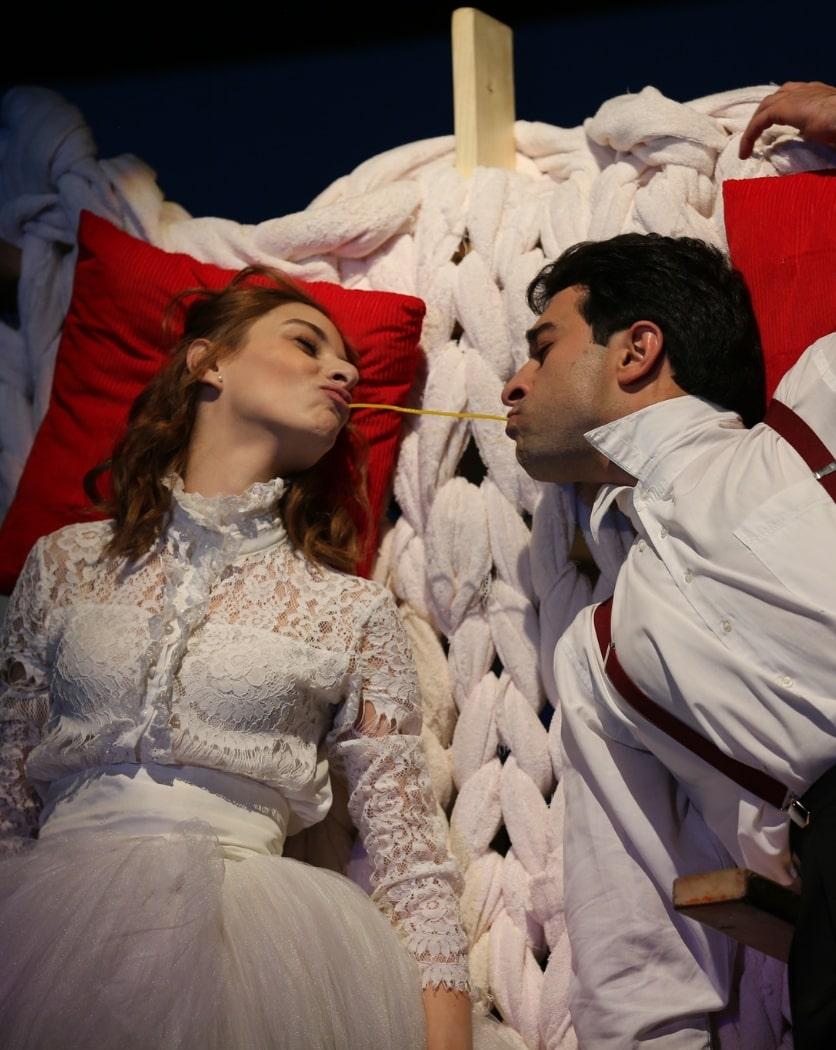
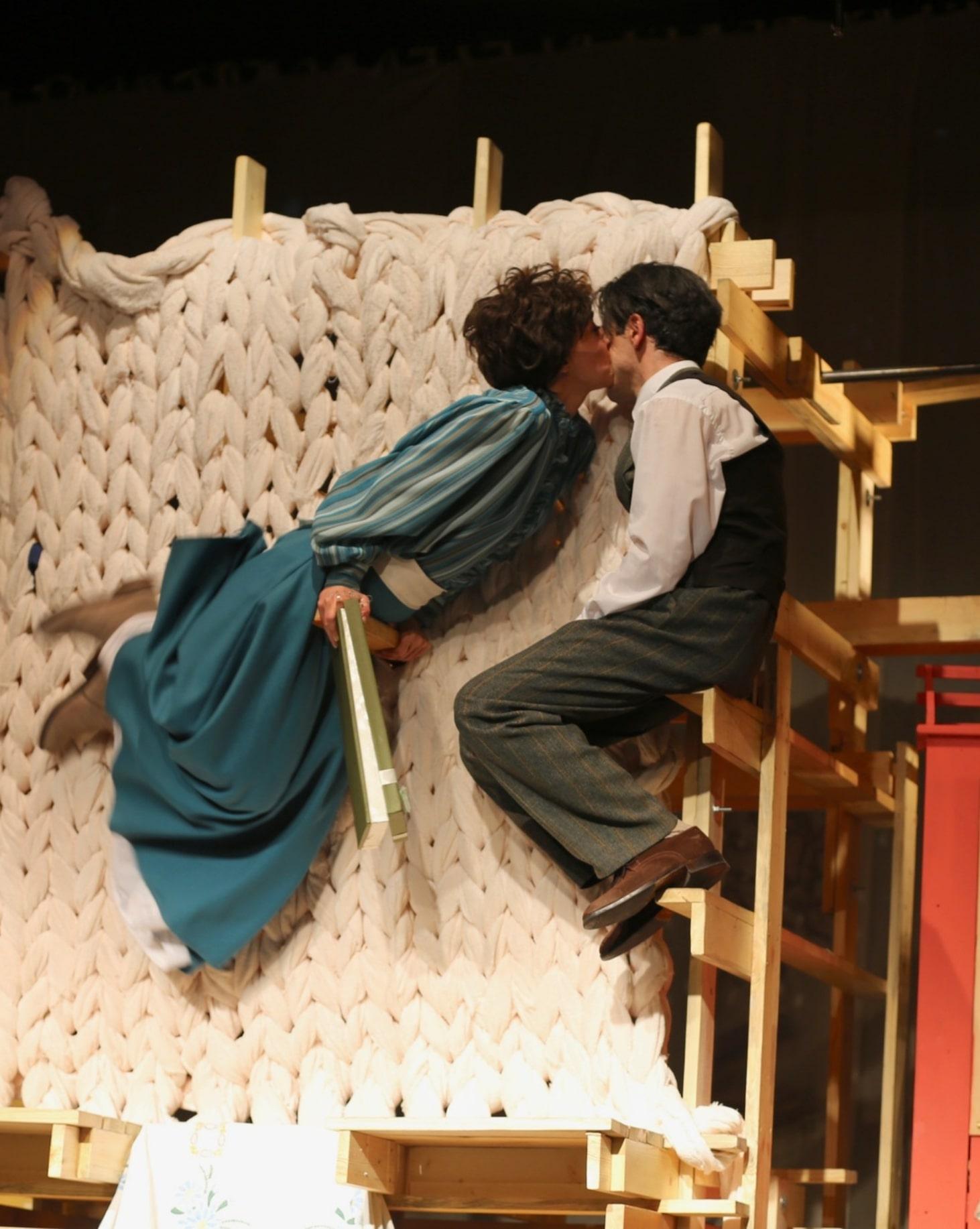
In the late Middle Ages, there were several theatrical performances in the ancient Armenian kingdoms of Vaspurakan, Ani, and Cilicia. Jean Chardin, a traveler from France, published a lengthy narrative of an act he saw at Yerevan's Armenian Mime Theater in the 17th century.
Following several ups and downs, the new era of Armenian theater began in the 18th century and has been developing ever since. The theatrical repertoire drastically expanded when Armenian drama troupes started touring.
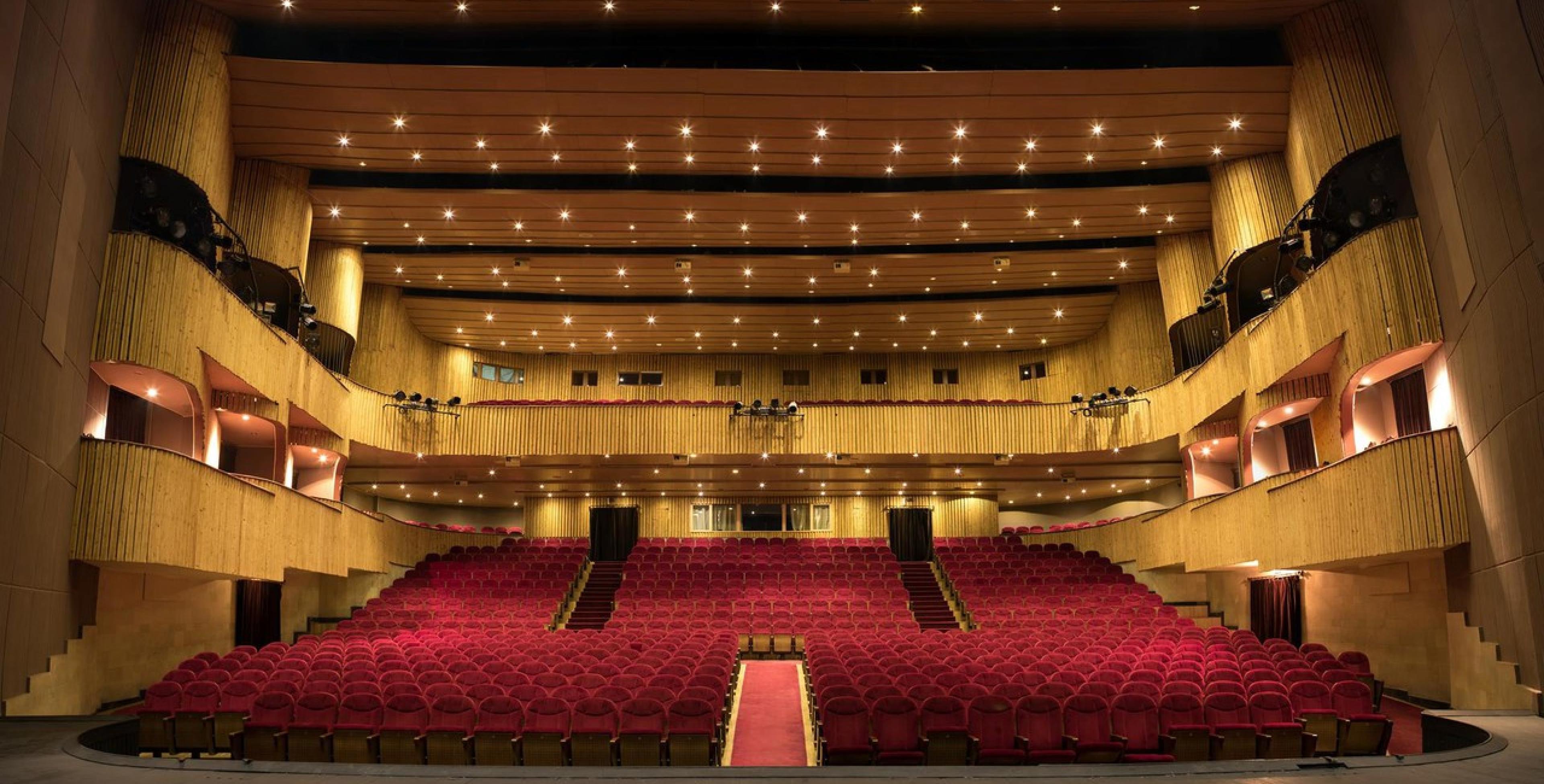
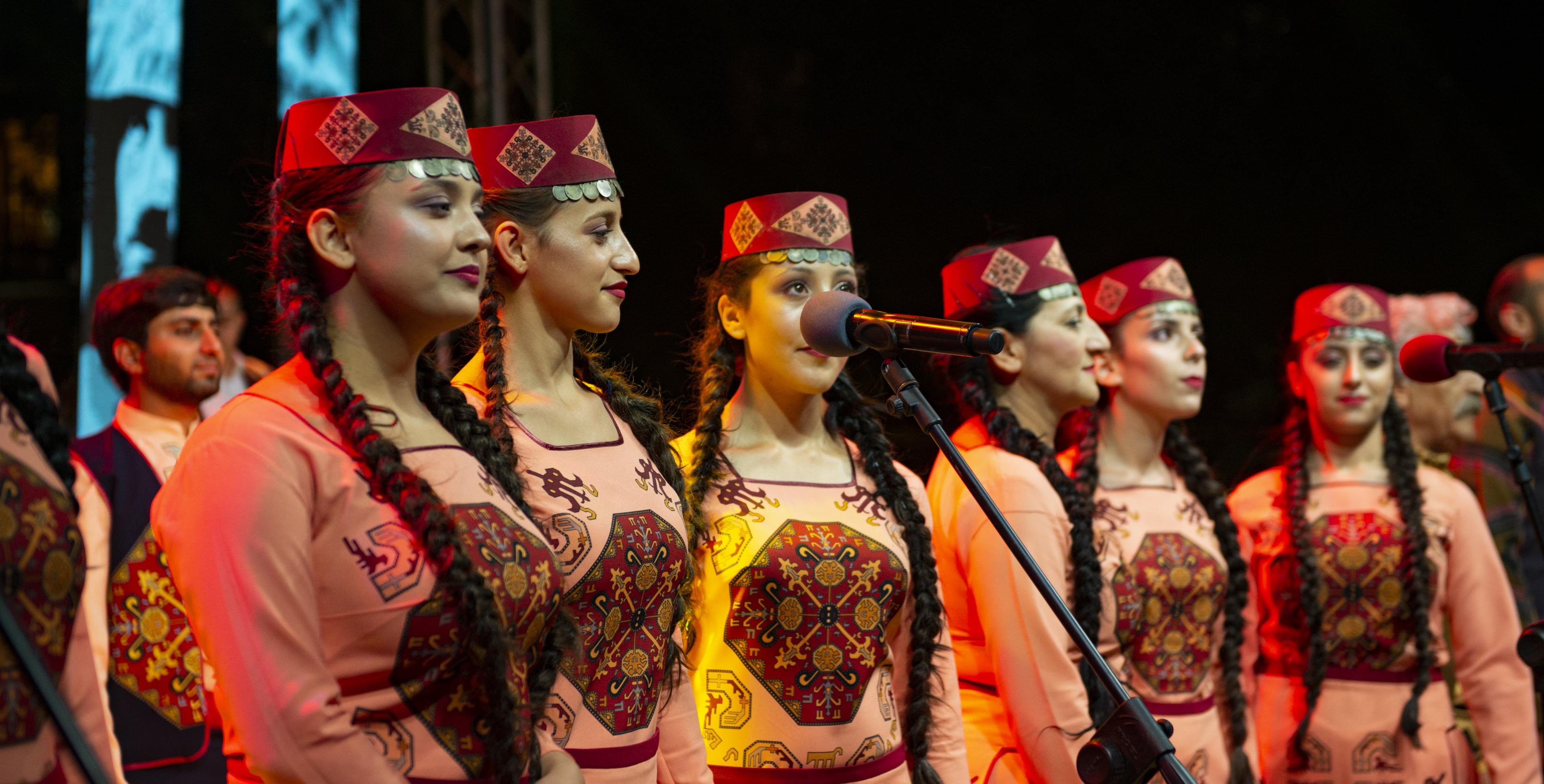
Armenian OperaArmenian OperaArmenian OperaArmenian Opera
Armenian OperaArmenian OperaArmenian OperaArmenian Opera
Armenian OperaArmenian OperaArmenian OperaArmenian Opera
Armenian OperaArmenian OperaArmenian OperaArmenian Opera
The rich history of Armenian theater inspired the birth of opera. Armenian theater has evolved into many different forms over the course of its centuries-long existence. Musical accompaniment, in particular, was a significant feature of many ancient and medieval theater performances. Armenian dramatic theater underwent a new phase of evolution in the 19th century when music gradually gained greater importance there.
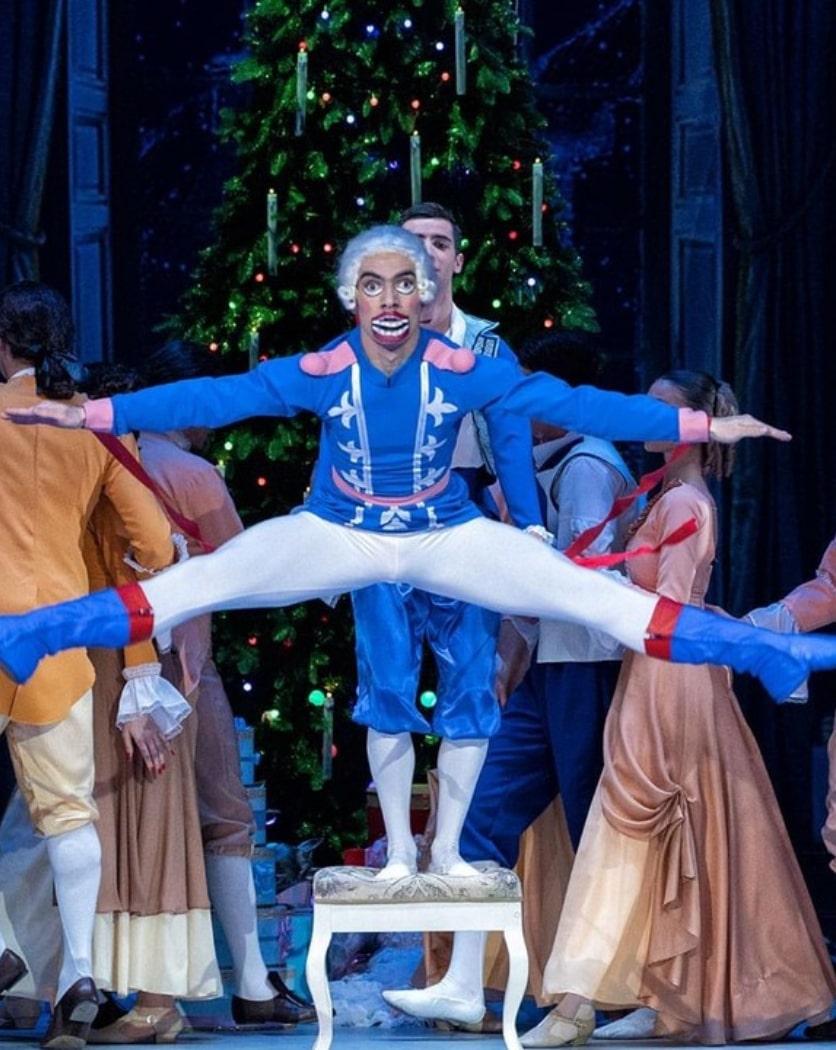
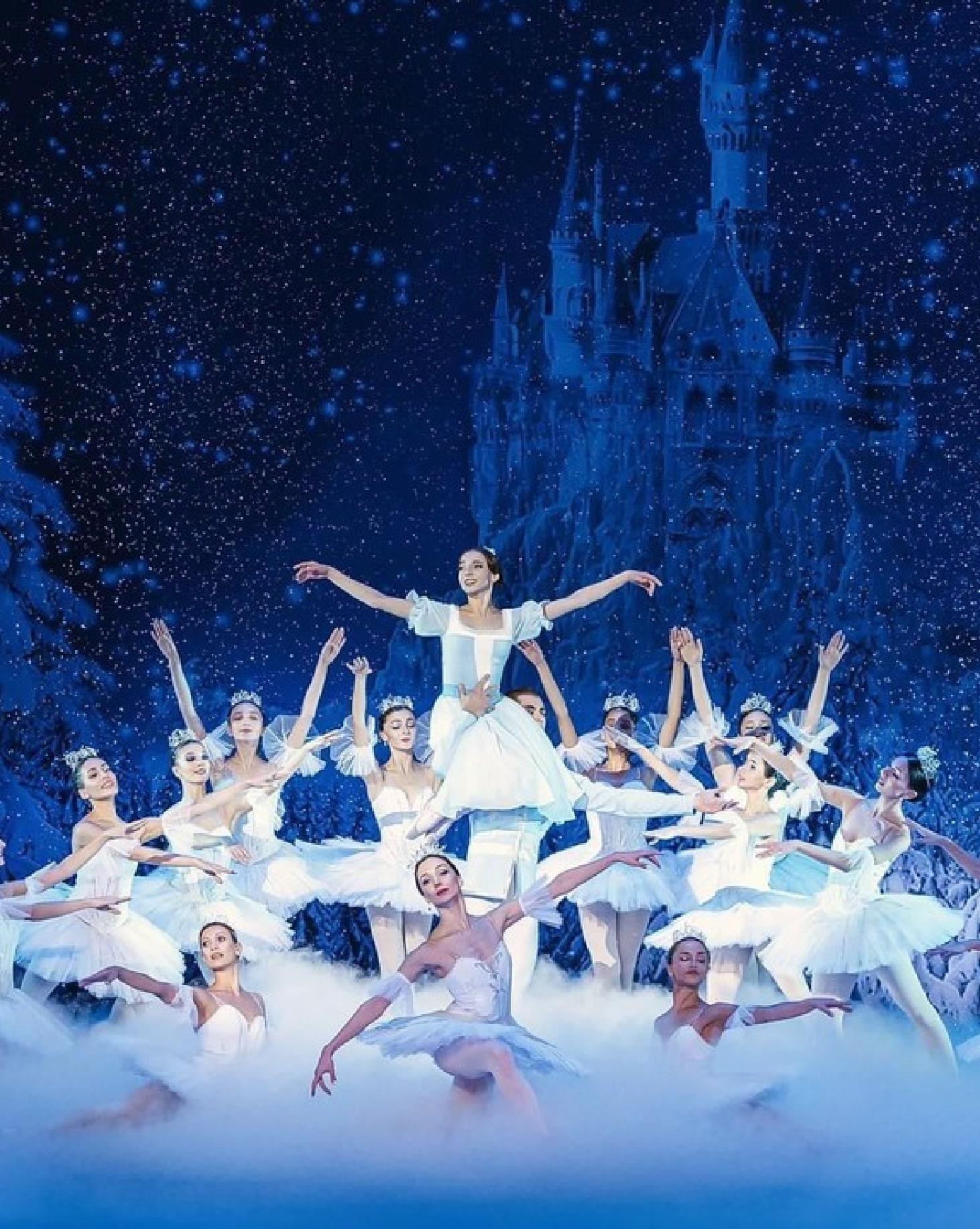

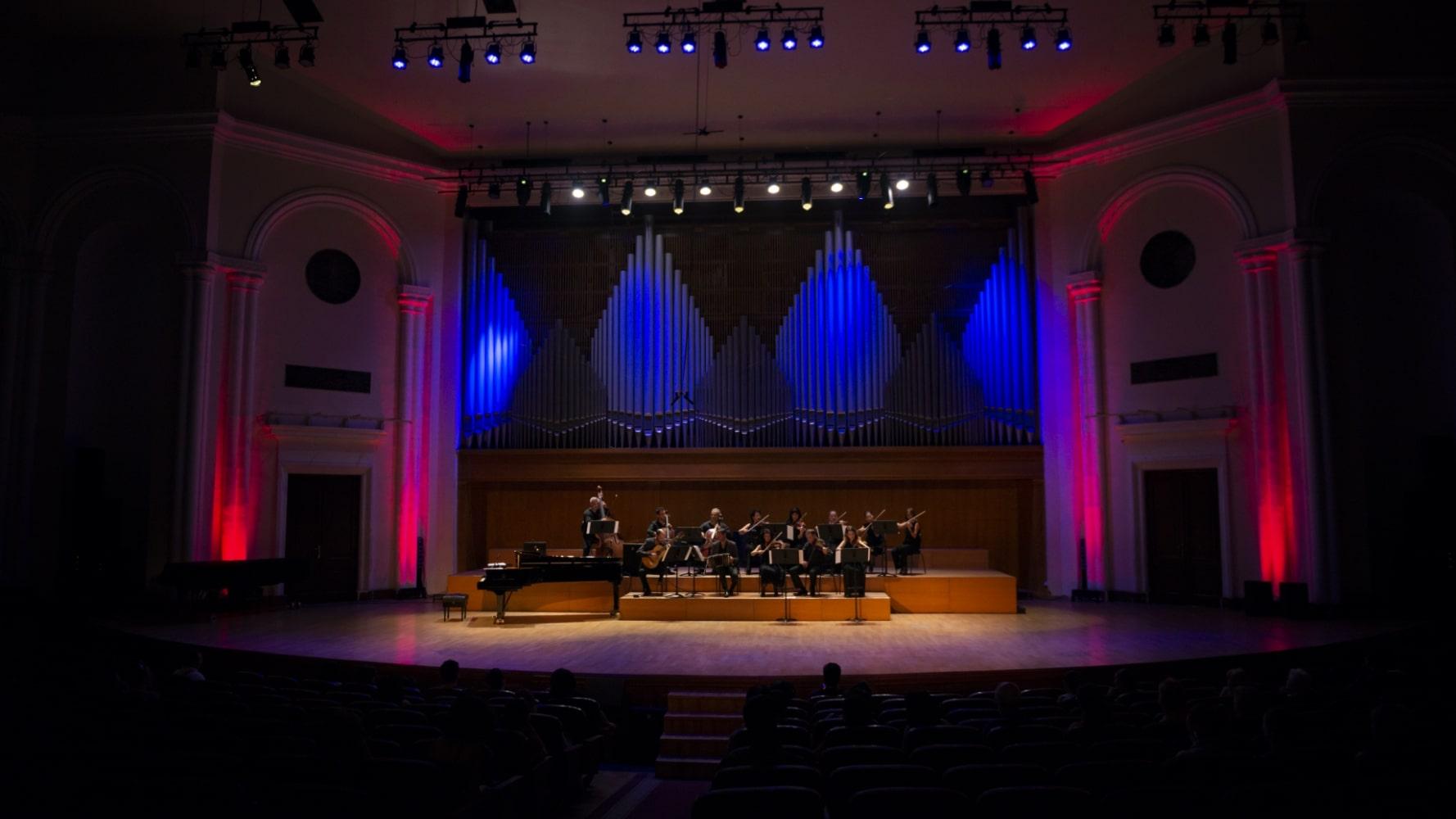
Music of ArmeniaMusic of ArmeniaMusic of ArmeniaMusic of Armenia
Music of ArmeniaMusic of ArmeniaMusic of ArmeniaMusic of Armenia
Music of ArmeniaMusic of ArmeniaMusic of ArmeniaMusic of Armenia
Music of ArmeniaMusic of ArmeniaMusic of ArmeniaMusic of Armenia
From sacred music to Komitas, the founder of the modern Armenian national school of music; from Aram Khachaturian’s "Sabre Dance" to Hollywood vibes and Jivan Gasparyan’s duduk in the film “Gladiator”, from jazz to the Eurovision Song Contest – Armenian music has no boundaries.
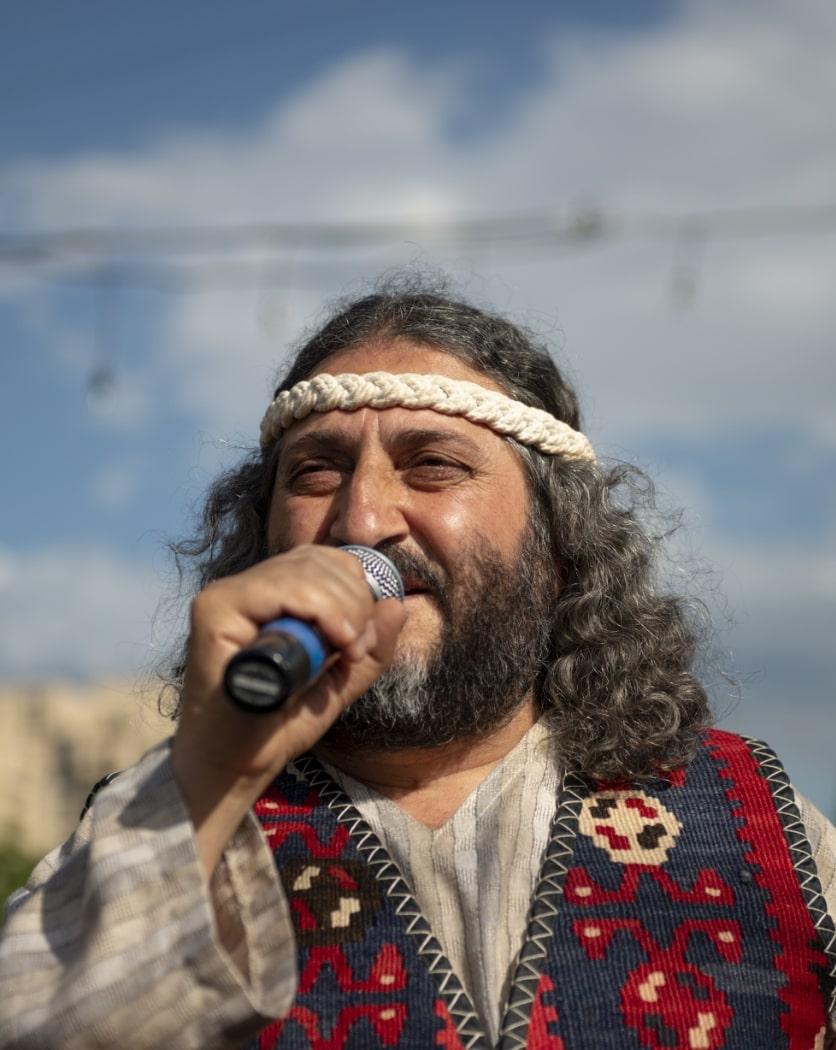
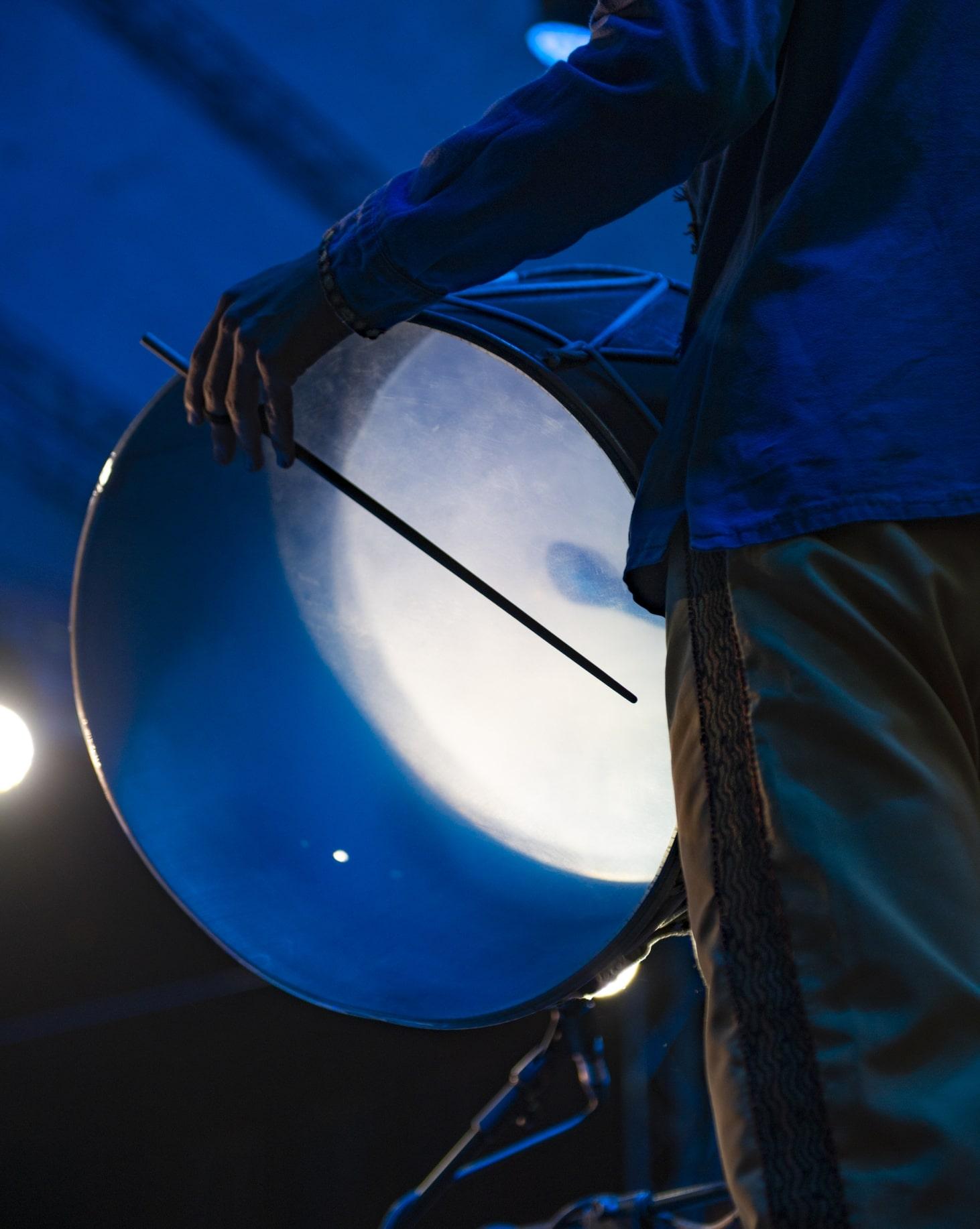

Upcoming events and festivals
